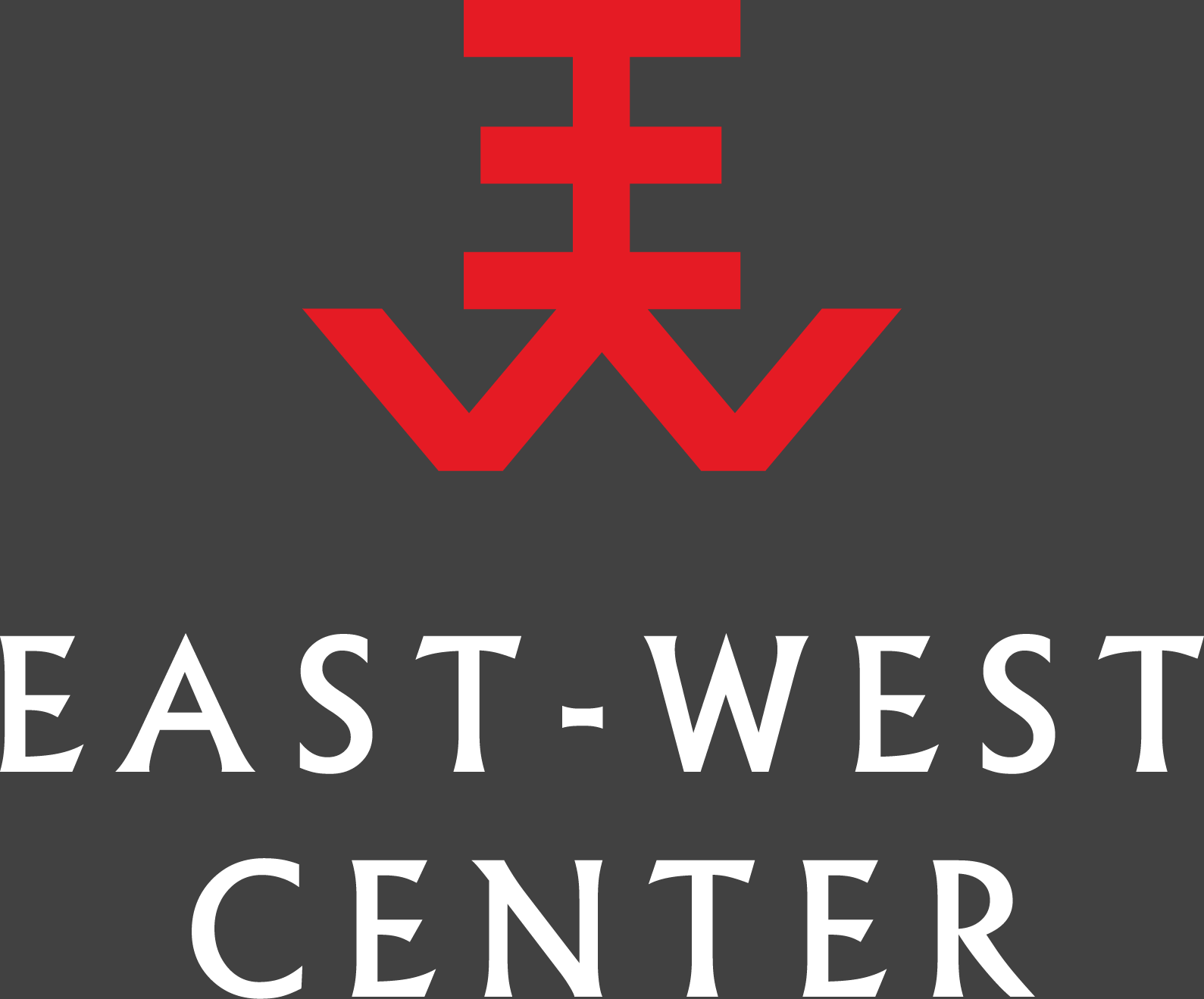►▼ Where is this data from?
This data is drawn from the World Food Programme's International Food Aid Information System (Interfais), which tracks international food aid donations. This system tracks commodity food aid in metric tons, and is not necessarily limited to assistance provided through UN agencies or NGOs. The data in this chart may therefore differ somewhat than the food aid data provided in the "Humanitarian Aid" charts. As data in this chart reflects self-reporting by donors, it does not reflect any unreported food assistance.
Inter-Korean food loans from the Sunshine Policy era (1998 to 2007) are also included in this chart as food aid, as they were provided at concessionary terms and have not been repaid.
Food aid tracking via Interfais has been discontinued, and this chart may only provide historical data.
►▼ Is food aid still being sent to North Korea?
Food aid to North Korea has declined as a result of improving North Korean food production, continuing concerns over access and monitoring, the end of South Korea's Sunshine Policy, and heightened North Korean tension with its neighbors over its nuclear program and other issues. However, nutritional surveys suggest that about 28% of North Korean children suffer from chronic malnutrition, and targeted food aid continues to be provided by the World Food Programme (WFP), as well as a number of NGOs. Much of the food aid currently being sent to North Korea is aimed at addressing micronutrient deficiencies in vulnerable groups such as children and pregnant women; much of this aid is also given in forms such as corn-soy blends or fortified biscuits that are deemed to have a lower risk of diversion than rice.
►▼ What is the difference between this section and the "Humanitarian Aid" section above?
This section is based on data compiled by the WFP's Interfais database, which tracks commodity food aid and provides data in metric tons. The "Humanitarian Aid" section examines overall humanitarian assistance (which can include, but is not limited to, food aid) as recorded by UNOCHA's Financial Tracking Service, which is measured according to the dollar value of assistance.





